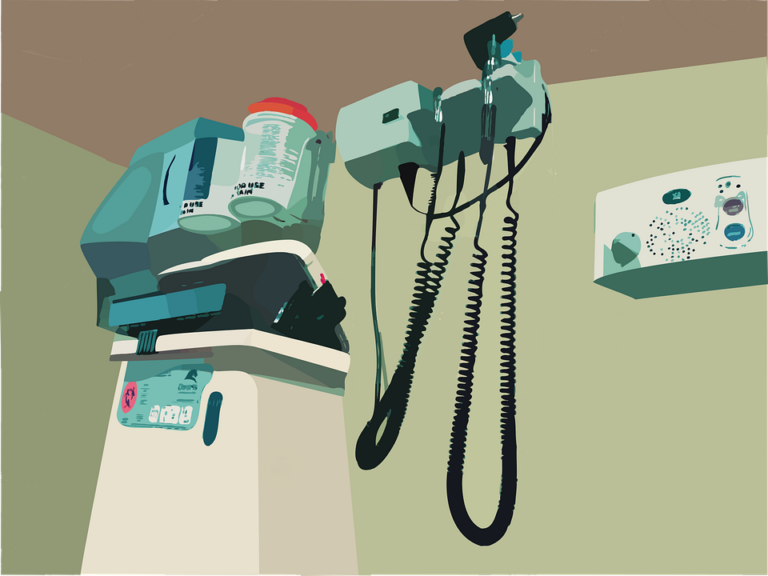Book Appointment Now

Breast Cancer Detection: Evidence-Based Project
Breast Cancer Detection: Evidence-Based Project focuses on the critical role of healthcare specialists in identifying breast cancer early, particularly in minority adult women. Breast cancer is the most common cancer among women globally and the second leading cause of cancer-related deaths in the United States (American Cancer Society, 2022). Early detection, through methods like mammography, clinical breast exams, and self-examinations, significantly improves survival rates. However, women from minority groups often face barriers to early detection, including limited access to healthcare, cultural stigma, and systemic inequities. This paper explores evidence-based approaches to breast cancer detection, emphasizing the role of healthcare specialists in addressing disparities and improving outcomes for these vulnerable populations.
Get a custom paper help about EBP to breast cancer detection
Order Custom Nursing Paper
Theoretical Framework of Reference
The detection of breast cancer in minority women is guided by several theoretical frameworks that inform evidence-based interventions. The Health Belief Model (HBM) provides insights into how perceived susceptibility, severity, benefits, and barriers influence women’s participation in screening programs (Champion & Skinner, 2008). For example, women who believe that mammography can detect breast cancer early are more likely to undergo regular screenings.
The Cultural Competence Model emphasizes the need for healthcare specialists to understand and respect cultural differences when promoting breast cancer detection. This approach advocates for culturally tailored education programs and interventions to address language barriers, mistrust, and cultural beliefs about cancer (Campinha-Bacote, 2002).
Additionally, the Social Determinants of Health (SDOH) Framework highlights how factors like socioeconomic status, education, and geographic location affect access to early detection services (Marmot & Bell, 2012). Combining these frameworks allows healthcare specialists to design holistic and patient-centered approaches to breast cancer detection, particularly in underserved communities.
Dimensions of Breast Cancer Detection in Minority Groups
Early detection of breast cancer involves physical, emotional, and social dimensions, each of which impacts the effectiveness of screening and diagnosis. Physically, screening techniques like mammography and clinical breast exams are crucial for detecting cancer at an early stage when treatment is most effective. However, research shows that minority women are less likely to receive timely screenings due to financial barriers, lack of insurance, or living in areas with limited healthcare facilities (DeSantis et al., 2019).
Emotionally, the fear of a cancer diagnosis and the stigma associated with the disease can deter women from seeking screening services. Minority women may also experience heightened levels of stress and anxiety due to systemic inequities and discrimination in healthcare settings. Providing empathetic, culturally sensitive care is essential to alleviate these concerns and encourage participation in early detection programs.
Socially, cultural beliefs and family dynamics significantly influence attitudes toward breast cancer screening. For instance, some cultures view cancer as a taboo topic, which may discourage open discussions and proactive health behaviors. Healthcare specialists must work to address these cultural barriers through community engagement and culturally appropriate education campaigns. Addressing these dimensions is essential for improving breast cancer detection rates and outcomes among minority women.
The Role of Healthcare Specialists in Evidence-Based Breast Cancer Detection
Healthcare specialists play a pivotal role in implementing evidence-based strategies to improve early detection of breast cancer in minority populations. One key approach involves educational interventions tailored to the needs of diverse communities. For instance, studies have shown that community health workers, known as patient navigators, can effectively educate women about breast cancer and guide them through the screening process (Paskett et al., 2011). These specialists act as a bridge between patients and healthcare providers, addressing barriers like language differences and mistrust.
Screening programs are another essential component of evidence-based practice. Mammography remains the gold standard for early detection, with evidence suggesting that regular screenings can reduce breast cancer mortality by up to 30% (Smith et al., 2020). Healthcare specialists must ensure that these services are accessible to minority women by collaborating with community organizations to provide free or low-cost screenings in underserved areas.
In addition to education and screenings, healthcare specialists must advocate for policy changes that address systemic inequities. For example, expanding Medicaid coverage and funding mobile mammography units can improve access to early detection services for low-income and rural populations. Healthcare specialists can also use data from electronic health records to identify high-risk individuals and prioritize them for targeted interventions.
Finally, healthcare specialists should focus on cultural competence and sensitivity when working with minority women. This includes understanding cultural attitudes toward breast cancer, addressing myths and misconceptions, and building trust within the community. By fostering a supportive and inclusive environment, healthcare specialists can empower women to take charge of their health and prioritize early detection.
Challenges in Evidence-Based Breast Cancer Detection
Implementing evidence-based practices for breast cancer detection among minority women faces several challenges. Resource limitations remain a significant barrier, as many minority communities lack access to affordable and high-quality screening services. Financial constraints, such as the inability to pay for mammograms, further exacerbate disparities.
Cultural barriers also play a role in limiting access to early detection services. Language differences, mistrust of the healthcare system, and beliefs about cancer can prevent women from seeking screenings. Healthcare specialists must address these barriers through targeted education and outreach efforts.
Additionally, systemic inequities in healthcare disproportionately affect minority women. Discrimination and bias in medical settings may lead to delayed diagnoses or suboptimal care. Addressing these inequities requires structural changes, including increased funding for community health programs and the diversification of the healthcare workforce.
Conclusion
Breast Cancer Detection: Evidence-Based Project underscores the importance of healthcare specialists in promoting early detection and improving outcomes for minority women. By leveraging frameworks like the Health Belief Model and the Social Determinants of Health, specialists can design effective, culturally sensitive interventions that address the unique needs of underserved populations. Despite challenges such as resource limitations and systemic inequities, evidence-based strategies such as patient education, accessible screening programs, and policy advocacy provide a pathway to reducing disparities and improving survival rates. Through continued research and collaboration, healthcare specialists can play a vital role in advancing early breast cancer detection and ensuring equitable care for all women.
Also read:
- Walden – NURS 6521 Case Study 2 46Year Old 230lb Woman With History Of Breast Cancer
- Discussion: iHuman Case Study-Breast Cancer
- Discussion: Breast Cancer Patient Health History
- Breast Cancer Survival Rate Kaplan Meier Analysis
References
- American Cancer Society. (2022). Breast cancer statistics. Retrieved from www.cancer.org
- Campinha-Bacote, J. (2002). The process of cultural competence in the delivery of healthcare services: A model of care. Journal of Transcultural Nursing, 13(3), 181-184.
- Champion, V. L., & Skinner, C. S. (2008). The health belief model. Health Behavior and Health Education: Theory, Research, and Practice, 45-65.
- DeSantis, C. E., et al. (2019). Breast cancer statistics, 2019. CA: A Cancer Journal for Clinicians, 69(6), 438-451.
- Marmot, M., & Bell, R. (2012). Fair society, healthy lives. Public Health, 126(Suppl 1), S4-S10.
- Paskett, E. D., et al. (2011). Patient navigation for breast cancer screening in underserved populations. Cancer Epidemiology, Biomarkers & Prevention, 20(10), 2002-2011.
- Smith, R. A., et al. (2020). Breast cancer screening and early detection. CA: A Cancer Journal for Clinicians, 70(4), 293-304.




